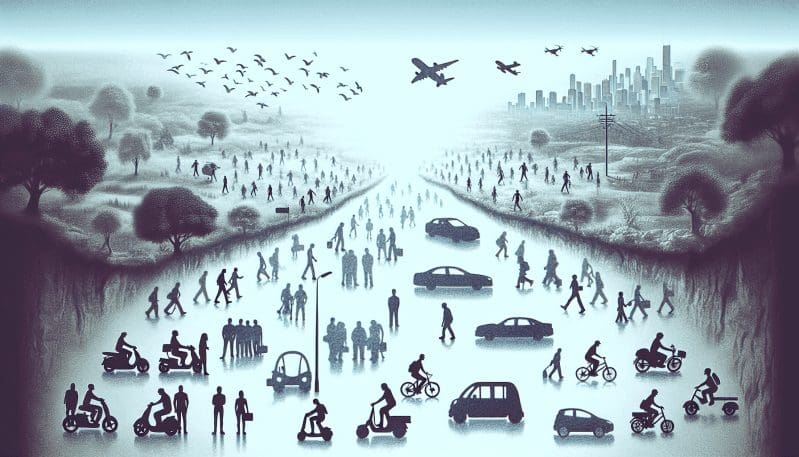In the bustling streets of New York and beyond, the traditional 9-to-5 job is no longer the sole cornerstone of the workforce. The gig economy, a fixture of modern labor, has unveiled a new chapter in the narrative of work—one where flexibility reigns supreme and the constraints of conventional employment are cast aside. But this newfound liberty is not without its shadows.
The allure of the gig economy lies in its offering of unparalleled autonomy. Freelancers, contractors, and part-time workers revel in the ability to structure their days, select their projects, and, in many cases, dictate their rates. For the creatively inclined and entrepreneurial spirits who make up a significant segment of The New York Times readership, this modus operandi resonates deeply. Flexibility, after all, is a seductive siren, particularly for those who juggle multiple passions or value work-life balance above all else.
However, beneath the surface of this seemingly idyllic work structure, a more complex picture emerges. Traditional employment—with its health benefits, retirement plans, and predictable income—offers a safety net that the gig economy often lacks. The precarious nature of gig work can lead to financial instability, with workers finding themselves one canceled contract away from economic hardship. These contractors also grapple with a dearth of legal protections and labor rights that their full-time counterparts take for granted.
In New York, a city where the cost of living reaches skyscraper heights, the stakes are even higher. The gig economy’s prosperity hinges on a perpetual hustle, one that can be both exhilarating and exhausting. How does this impact the New Yorker, known for their tenacity and drive? For some, gig work offers a chance to thrive in a competitive market, to diversify income streams, and to seize control of one’s career trajectory. For others, the instability is a source of constant anxiety.
The demographic that peruses The New York Times is diverse, well-informed, and engaged with the economic trends that shape their lives. As such, gig economy developments are not just news items but are integral to their daily experiences and decisions. From the artist supplementing income with freelance gigs, to the lawyer turned consultant, gig work is both a strategy for survival and a lifestyle choice.
The question of whether workers in the gig economy are at an advantage or disadvantage compared to traditional employees is multifaceted. It hinges on individual circumstances, industry norms, and personal definitions of success. What is clear is that the gig economy is reframing the concept of what it means to be ’employed.’
For the New York workforce and The Work Times audience, the gig economy represents a double-edged sword. It’s an embodiment of freedom, yet it’s also a landscape riddled with uncertainty. In this new era, the directive is clear: adapt to the dynamism of non-traditional work structures or risk being left behind.
As we contemplate the future of employment, it is imperative that dialogue and policy evolve in tandem with the changing nature of work. The Work Times stands at the forefront of this conversation, providing insights that empower workers and employers alike to navigate the complexities of gig work. The gig economy and its discontents are not just topics of discussion—they are the lived realities of a workforce in flux.


























